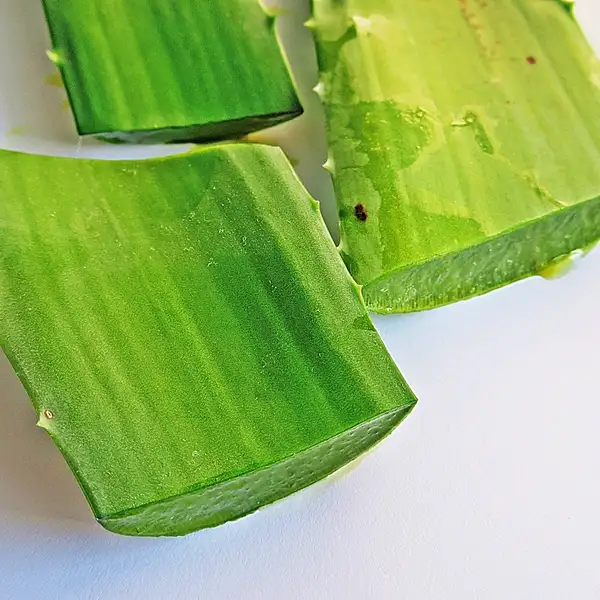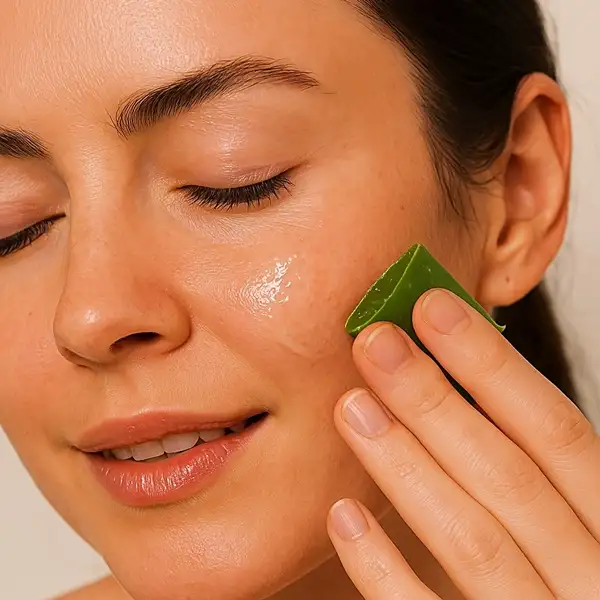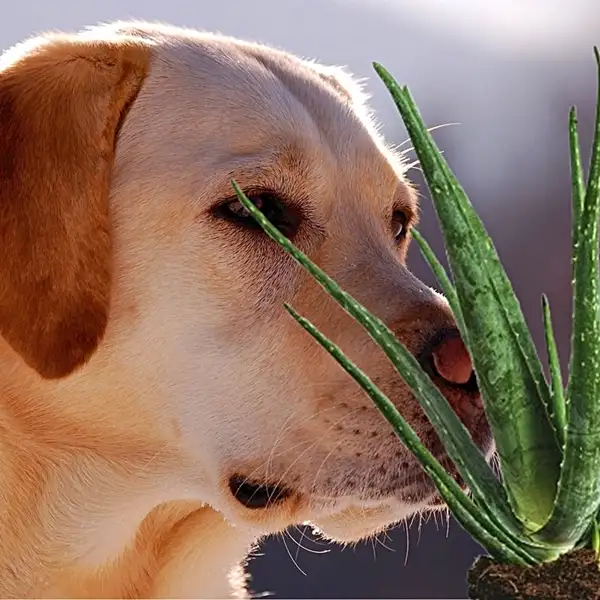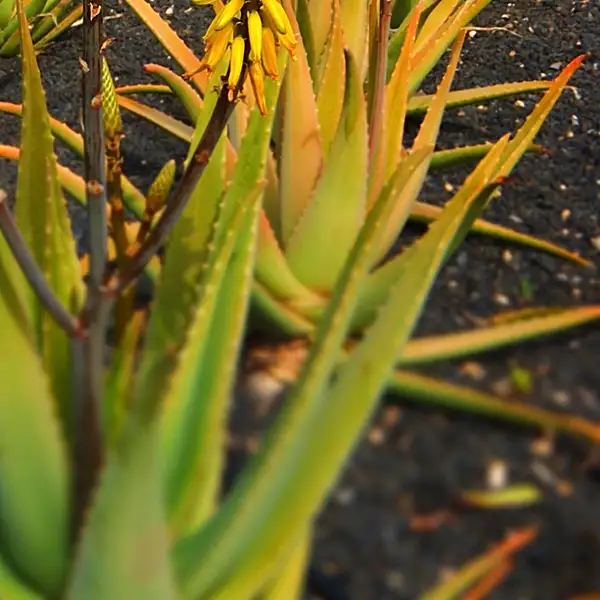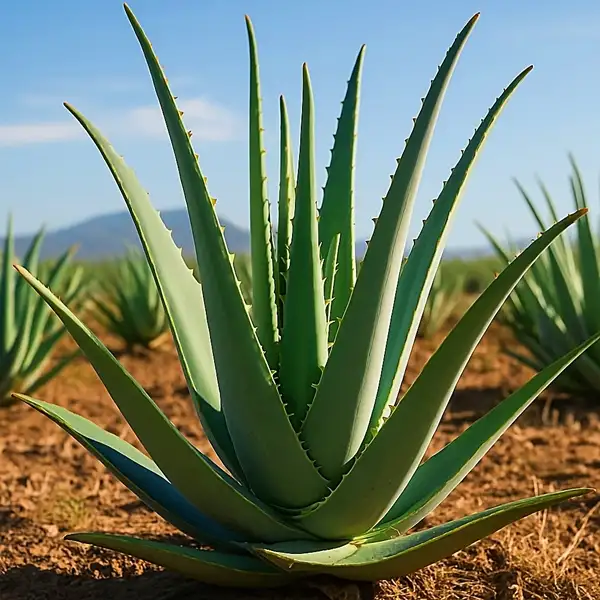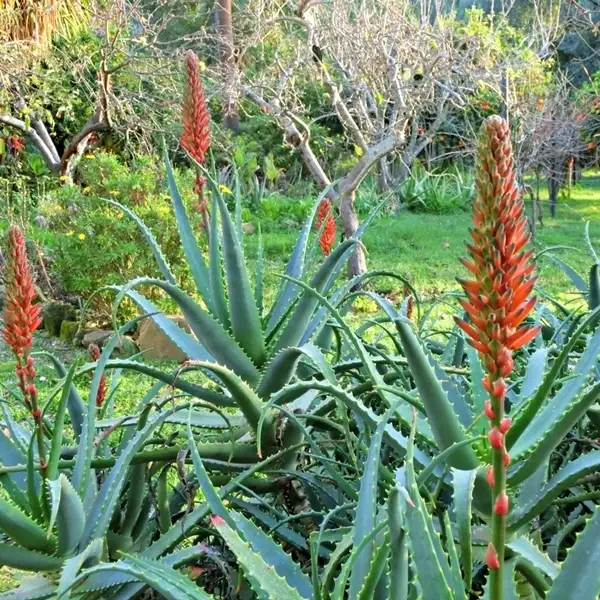Key Takeaways
| Key Takeaway | What You’ll Discover |
|---|---|
| 1. Propagation Secrets | How to Propagate Aloe Vera? Unlock methods that transform aloe propagation from guesswork to mastery. |
| 2. Expert Guidance | Learn what top horticulturists recommend for choosing & nurturing pups. |
| 3. Common Mistakes | Identify & avoid pitfalls that prevent successful aloe vera propagation. |
| 4. Care Techniques | Discover the critical care practices to ensure strong & healthy aloe plants. |
| 5. Myth-Busting Insights | Find out why popular propagation myths fail & the surprising truth behind aloe growth. |
Aloe Vera Propagation
My first attempt at propagating aloe vera was a disaster. Despite reading countless articles & watching tutorials, the pups refused to root. But through years of trial & error, hands-on learning from botanists & working with horticulturists, I finally mastered the process. How to Propagate Aloe Vera isn’t just a gardening trick—it’s a must-have skill for succulent lovers looking to expand their collection effortlessly.
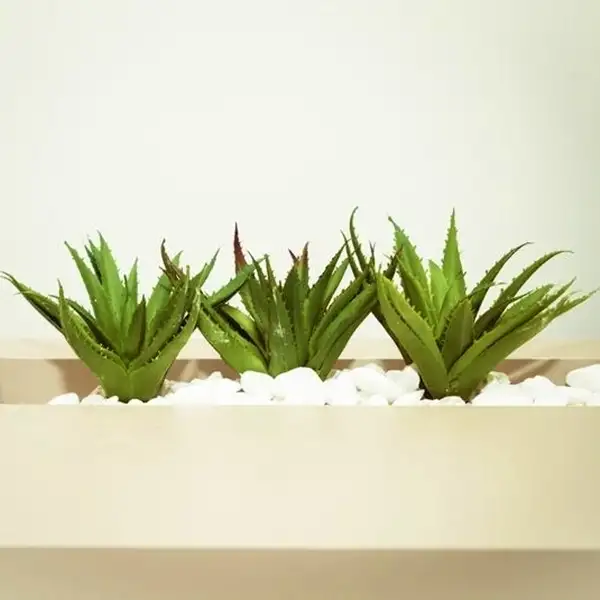
Easy Propagation of Aloe Vera
- One of the reasons behind the growing popularity of aloe vera in houseplants is its ease of propagation.
- Driven by its knack for reaping precious aloe gel or simply seeking to multiply your green friends without spending extra money, learning how to propagate an Aloe Vera successfully brings immense satisfaction.
3 Propagation Methods
- Propagating these sturdy beauties mainly involves dividing their pups (small offshoots) from the parent plant; other times they can also be grown from seed.
- However, one must remember that each method has its own learning curve before you become an expert at it.
- Furthermore, proper knowledge about regular care practices post propagations like watering and sunlight needs will ensure your new plants thrive admirably.
| Propagation Method | Difficulty Level | Success Rate | Key Considerations |
|---|---|---|---|
| Pups (Offsets) | Easy | High | Ensure pups are at least 2 inches tall with developed roots before separation |
| Seeds | Moderate to Hard | Low to Moderate | Requires patience; seeds need specific conditions to germinate |
| Leaf Cuttings | Challenging | Low | Often unsuccessful; leaves may rot before rooting |
Understanding the Lifecycle of Aloe Vera
To begin with understanding propagation, knowing about every phase of an aloe vera’s life cycle becomes paramount starting with seed germination followed by growth to maturity where they produce vibrant yellow flowers attracting pollinators aiding in reproduction.
“A ripe aloe vera goes through several stages of development,” writes Michael J Balick in his book ‘Plants, People, and Culture: The Science of Ethnobotany‘ “These are key determinants when looking for potential plants to propagate.”
| Lifecycle Stage | Key Milestones |
|---|---|
| Seed Germination | Seeds sprout under optimal conditions of warmth & moisture |
| Juvenile Growth | Development of initial leaves & root system |
| Maturity | Plant reaches full size; leaves thicken & store more water |
| Flowering | Under ideal conditions, mature plants produce tubular yellow flowers |
| Pup Production | Mature plants produce offsets (pups) at the base in late winter or early spring, ready for propagation |
Choosing Your Ideal Aloe Vera Plant for Propagation
The selection process plays an essential role in opting for which adult (mother) plants could yield healthy offspring/pups ready for separation i.e., at least 2 inches tall ensuring they have developed enough roots minimizing survival risks post propagation.
Dr. Kate Lancaster, an expert horticulturist suggests:
“2-inch size works best as underdeveloped pups might encounter problems in establishing on their own while oversized pups are difficult to handle causing potential damage.”
Look for an aloe mother plant close to 3 years of age and above, which should show signs of a high pup production rate making it a viable choice. Furthermore, healthy plants ensure vigorous offshoots; hence thorough exams for the absence of pests or diseases are recommended.
Step-by-step Guide to Propagating Aloe Vera
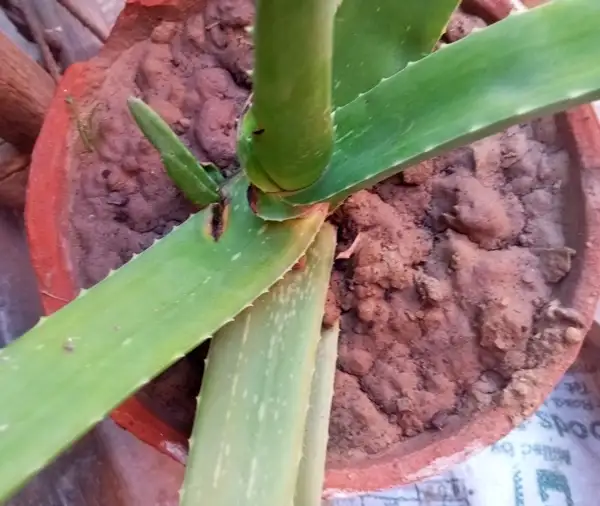
To start your much-awaited propagation journey, have these handy: a clean, sharp pruner/serrated knife or spoon, and pots filled with a well-draining, cactus-suitable soil mix.
- First, cut away the pup from its base at the parent plant, trying to get as close as possible to ensure the roots come along, reducing shock after transplantation.
- After successfully separating your future mini aloes, allow them to “heal” by laying them flat on a paper towel at room temperature before repotting.
This strategy, recommended by Balick, allows the wounds where they were severed to dry up, minimizing the risk of infection. It also helps them root better in new growing medium, promoting faster growth. - When ready to repot, plant pup in a well-draining soil mix ensuring it sits firmly in place without burying it too deep. Keep the newly potted pup in indirect sunlight for first few days to allow it to adjust before moving it to a brighter light.
- Hold off on watering immediately after repotting—wait at least 5-7 days to let the pup settle in before giving it a light watering. Overwatering at this stage can lead to rot.
- Typically, it takes a few weeks for new roots to establish. During this time, minimal watering and proper light exposure will ensure healthy growth.
Though aloe propagation mainly relies on pups, some gardeners attempt propagation through leaf cuttings. However, this method is far less reliable, as aloe leaves often struggle to form roots successfully.
Caring for Your Newly-Propagated Aloe Vera Plant
- Once your younglings are ready for repotting, remember that correct watering practices are key to successful growth—water only when the topsoil has completely dried out between sessions, as overwatering is a notorious cause of succulent decline.
- Additionally, moderate indirect sunlight helps foster sturdy, healthy aloes.
- Lastly, don’t miss out on fertilizer feeds—typically half strength, depending on label instructions—every alternate month, escalating overall improvement rates via adequate nutrient provision, facilitating sustenance.
5 Common Issues & Their Solutions
“A healthy, happy aloe vera will propagate successfully with the right knowledge and care,” assures Dr. Lancaster.
| Problem | Cause | Solution |
|---|---|---|
| Root Rot | Overwatering or poorly draining soil | Allow soil to dry out between waterings; use well-draining soil mix |
| Yellowing Leaves | Excess direct sunlight or overwatering | Provide indirect sunlight; adjust watering frequency |
| Pups Not Rooting | Insufficient healing time before planting | Let separated pups heal for a few days before potting |
| Leaf Tips Turning Brown | Underwatering or low humidity | Increase watering frequency slightly; maintain moderate humidity levels |
| Leaves Drooping | Overwatering or insufficient light | Reduce watering; ensure the plant receives adequate indirect sunlight |
Master Aloe Vera Through Experience
Trial & error is the best way to learn gardening. With time & practice, you will master propagation & enjoy beautiful, thriving aloe vera plants in your space.
Frequently Asked Questions
Can I grow aloe vera from a cutting (break off a piece of aloe leaf and plant it)?
Yes! But it’s tricky. Let the cut leaf heal for a few days, then plant it in well-draining soil. Pups are more reliable for propagation.
Can aloe vera be propagated in water?
No! Aloe vera prefers dry, well-draining soil. Water propagation often causes root rot.
Does aloe vera grow back after cutting?
Yes! Aloe vera regrows if the base & roots remain healthy.
How to grow aloe vera fast?
Provide moderate sunlight, water only when the soil is dry & fertilize every other month.
What is aloe vera leaf cutting care?
Let the cut leaf heal for a few days, plant it in well-draining soil & avoid overwatering.
What are aloe vera propagation problems and solutions?
Common issues include root rot, sunburn & poor rooting. Adjust watering, reposition from harsh sun & let pups heal before planting.
When should you repot an aloe vera plant?
Repot every 1-2 years or when roots peek through drainage holes.
How to propagate aloe vera without roots?
Let the pup callus for a few days, plant in a well-draining mix & water sparingly until roots form.


